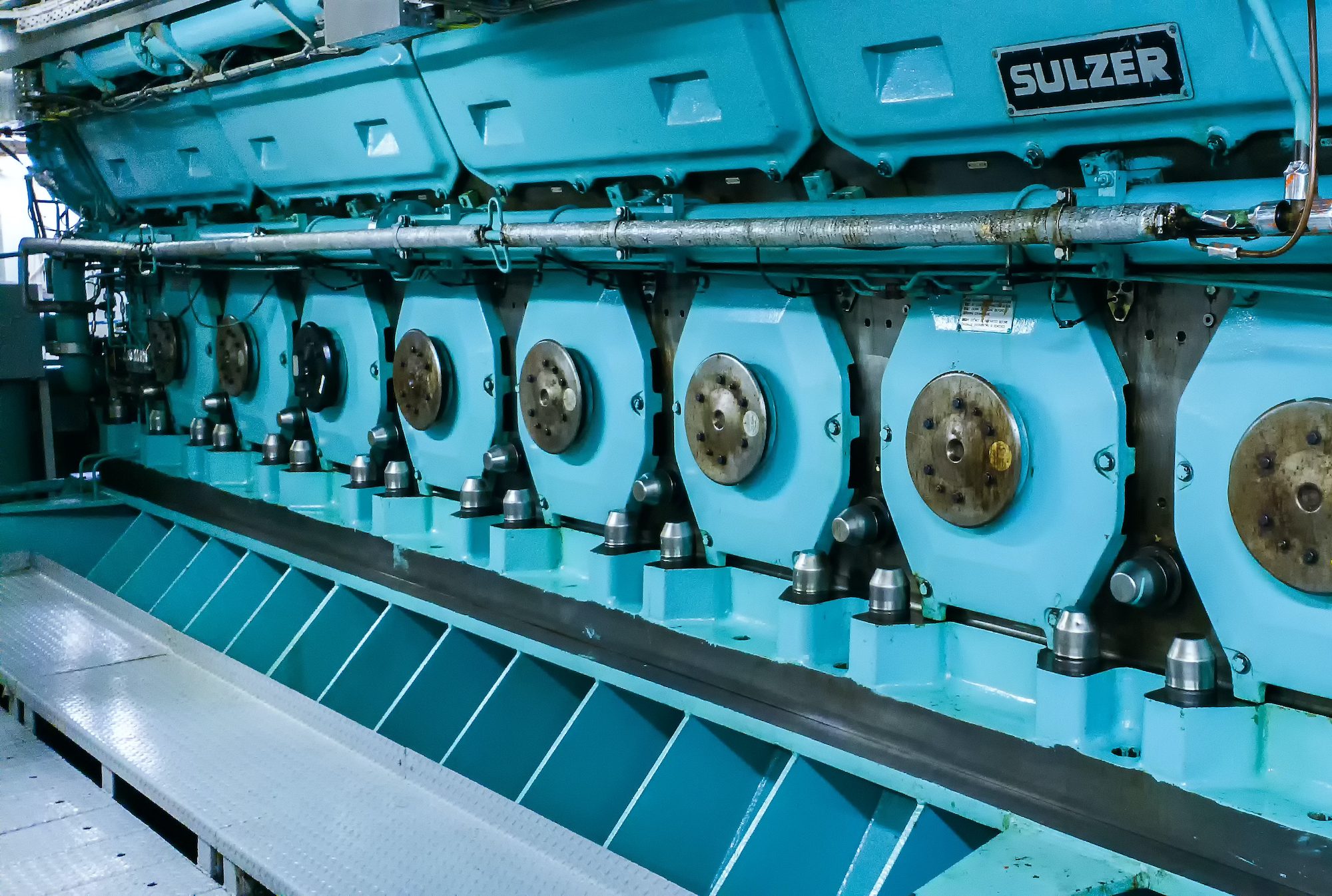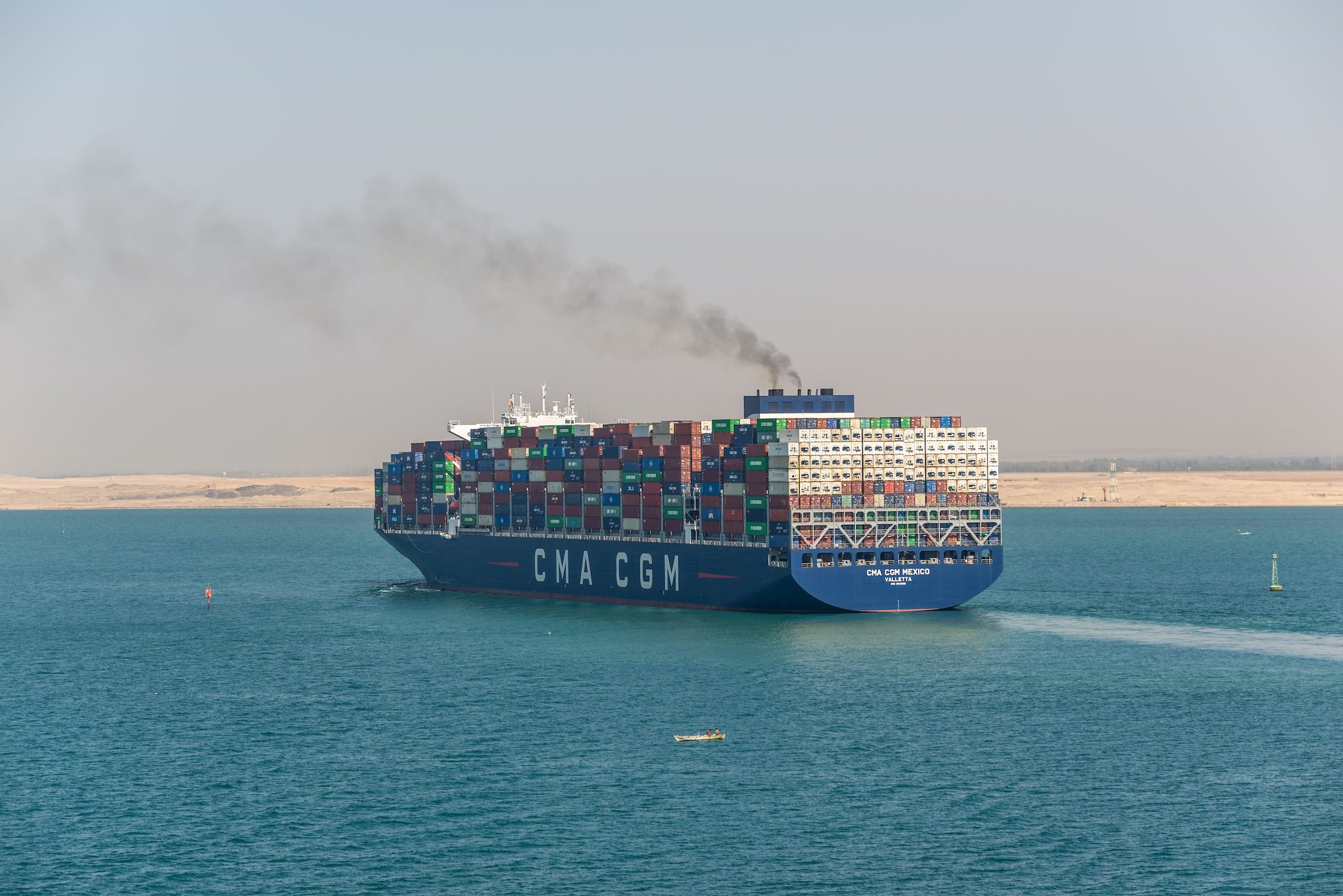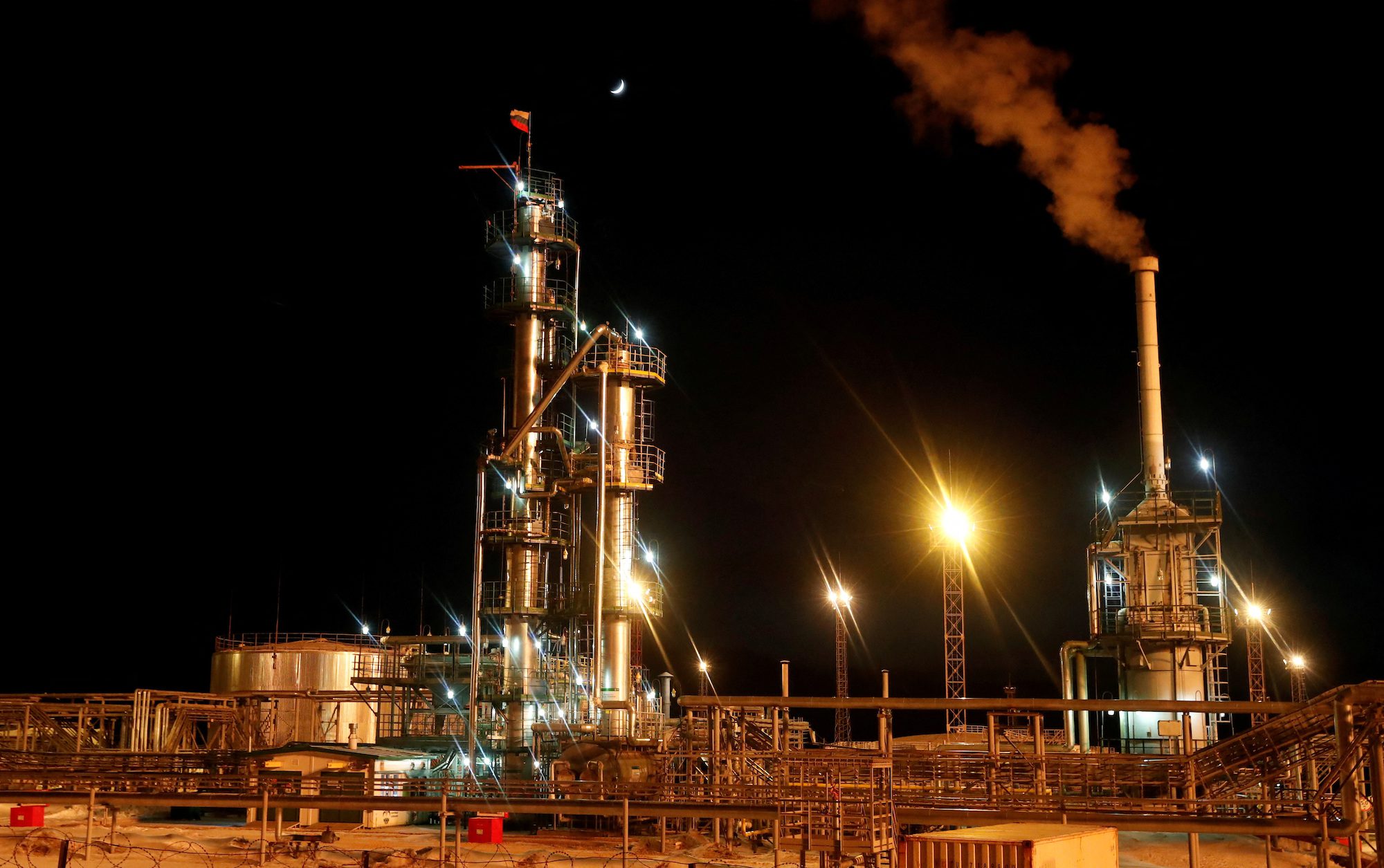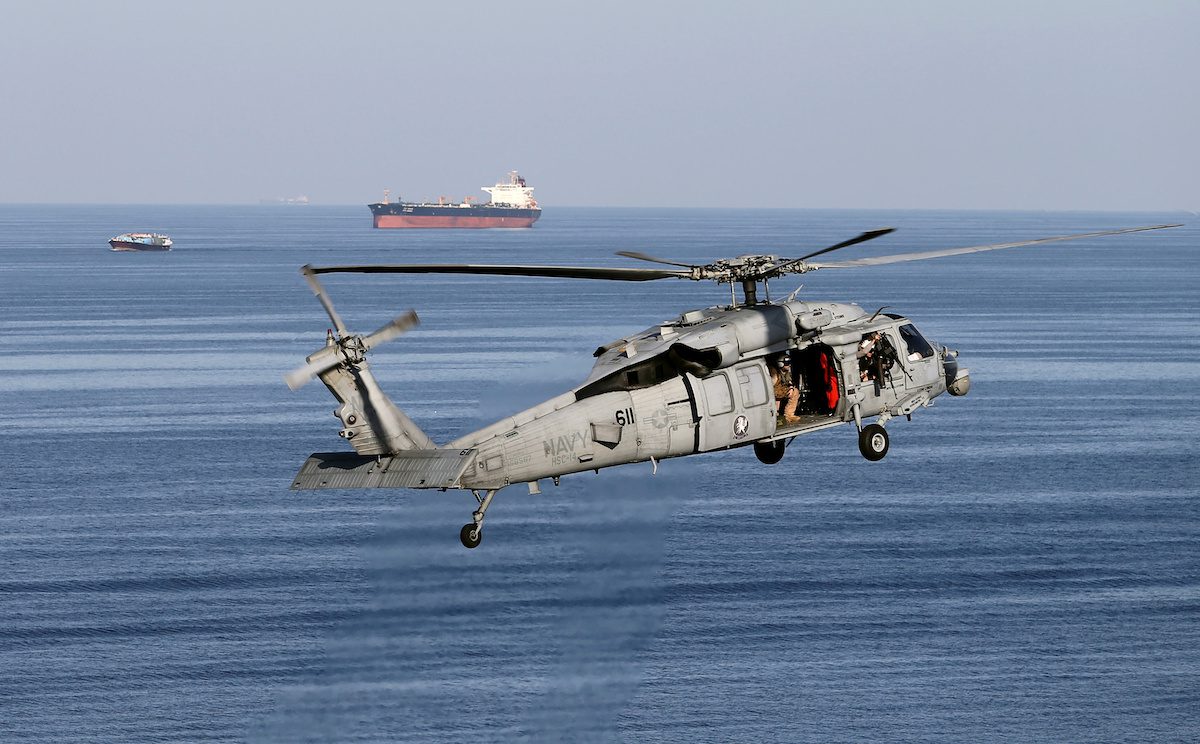By Jonathan Saul
LONDON, July 14 (Reuters) – Marine and energy equipment maker Wartsila will roll out its first methanol-powered engine in a new ship next year as the group accelerates green fuel technology options for shipping, a company executive said.
With about 90% of world trade transported by sea, shipping accounts for nearly 3% of the world’s CO2 emissions, yet environmental campaigners say efforts by the sector to cut emissions by 2050 are still slow.
While Denmark’s AP Moller Maersk has ordered eight container ships that can be powered by methanol for delivery in 2024, there are still few vessels that can use the fuel.
Engines can run on both green methanol, which is produced by using renewable sources such as biomass and solar energy, and normal bunker fuel as there is still not enough carbon-neutral fuel available in the market.
Finland-based Wartsila will deliver the dual fuel engine, which can use methanol as well as diesel, next year for an offshore wind installation ship ordered by Dutch marine contractor Van Oord and expects more orders to come, Roger Holm, president of the group’s marine power division, said.
“If we want to be where we need to be by 2050, it needs to involve green fuels,” he told Reuters.
“Will the greener fuels be available fast enough for shipping? That is the key question that needs to happen for shipping to decarbonise.”
The vessel, the Boreas, is expected to be delivered in 2024 and will then be ready to install the largest offshore windmills of 25MW, Van Oord said separately.
Wartsila provided the engine in 2015 for the Stena Germanica passenger ferry which was converted to run on both diesel and methanol.
So-called retrofitted vessels lack the space for the required tanks needed for fuel options like methanol making their conversions more complex.
Wartsila will deliver an ammonia-fuelled engine design by 2023.
“My estimate is we are probably into 2024 before we start selling ammonia engines and I think the market will be there to some extent in selected places,” Holm said, citing Norway as a market.
(Reporting by Jonathan Saul; Editing by Susan Fenton)
(c) Copyright Thomson Reuters 2022.

 Join The Club
Join The Club












